A little inspiration and imagination goes a long way to transform their spaces into a dream retreat that support their passions and personal style.
Baby (0 To 1 Year Old)
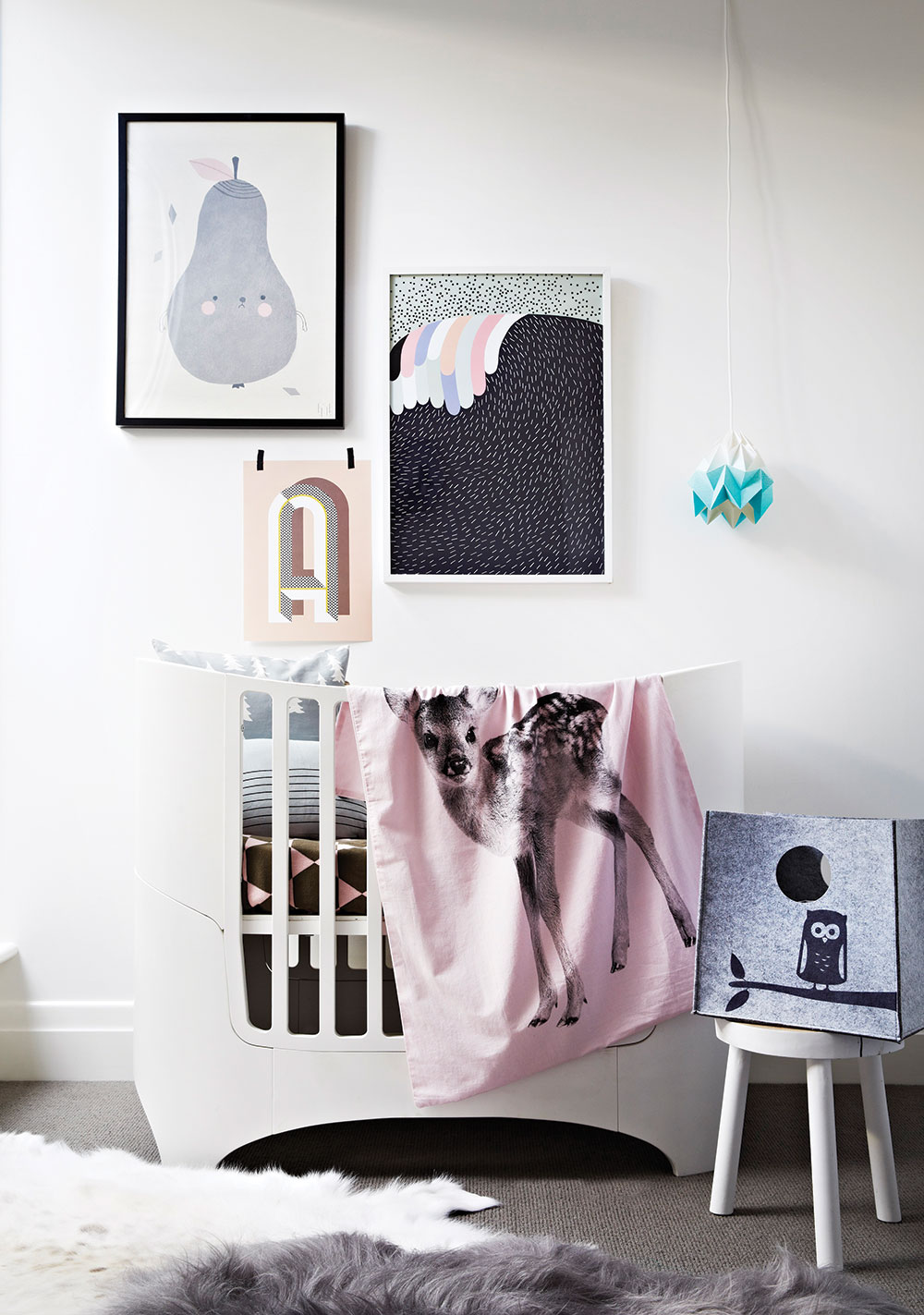
If you have extra room, you can convert that room into a nursery. While some parents prefer to have their baby cot with them in their master suite, it’s still ideal to have a separate room if you have the space. For baby rooms, you will need only a few things: nursery furniture which includes the crib and a storage unit to store diapers and clothing as well as a diaper station and a comfortable chair for yourself.
Start with the crib when you are decorating the nursery. Like your bed, it should be the focal point in the room. When you are buying a crib or cot, always bear in mind that safety comes first. If you are buying a new cot it should conform to safety standards to ensure that the cot is deep enough, the bars are the correct distance apart, and that the cot does not have cut-outs or steps. Also go for those with adjustable mattress heights so it fits your little one when he begins to pull up and stand. Place the crib away from the window and anything that’s hanging against the wall.
As for the style of the room, some parents like going for gender-specific themes, but it matters very little to your infant because he or she is still too young to appreciate it! So it’s really up to you how you prefer the room to be. Most of all, ensure it is in a quiet location so your baby can sleep in peace and you can breastfeed him or her in private. Keep decor subtle, starting with just a few theme-related items – you can always add more as your child gets older.
Toddler (1 To 3 Years Old)
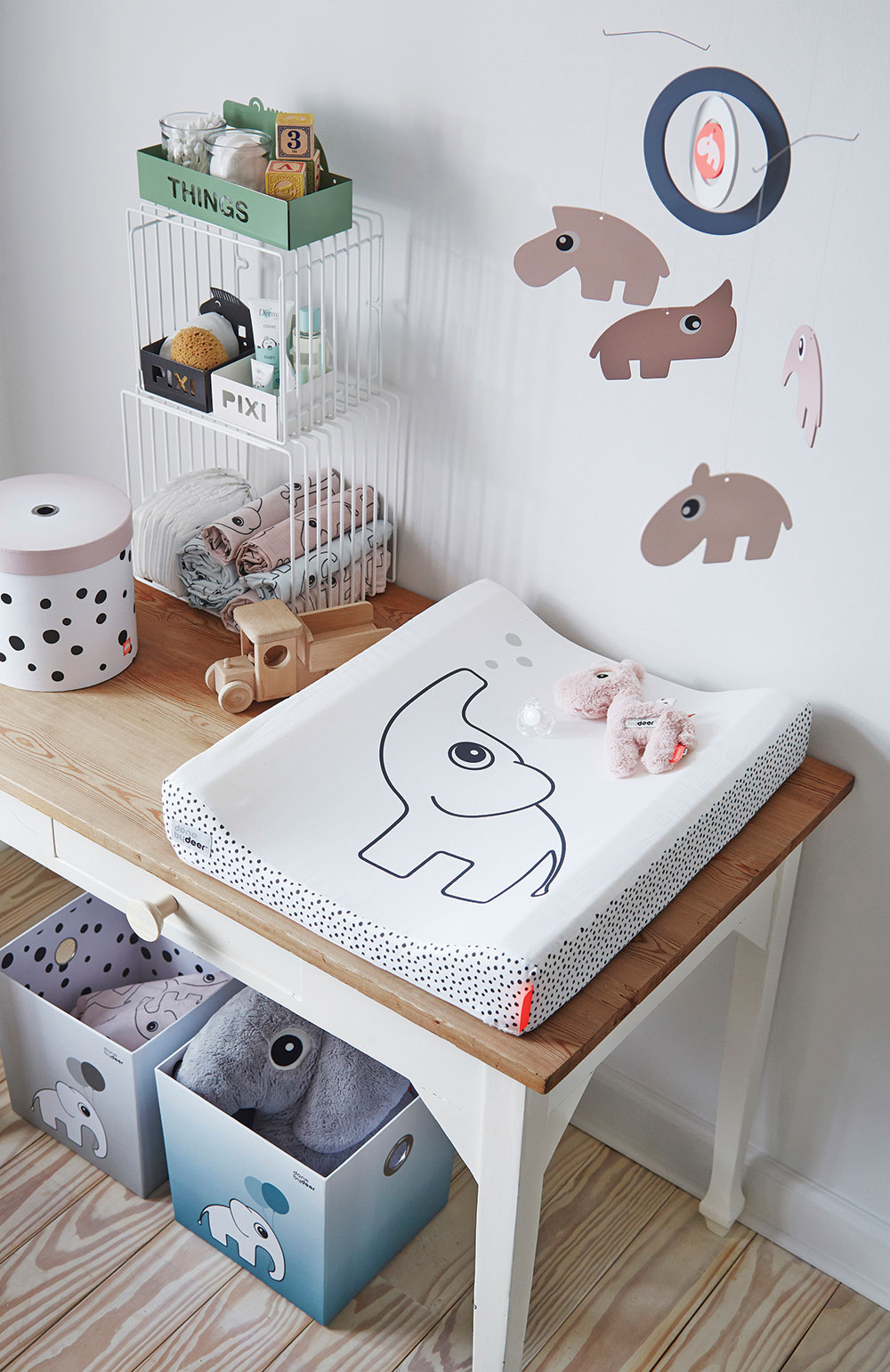
At this age, your toddler is active and curious. Rooms should keep them safe and calm yet spark their imagination and inspire creativity. Colours are particularly useful to create a fun and playful theme in their rooms. Consider using bold colours like red, blue or even lime green and zesty yellows as accents but keep the entire backdrop neutral and calming as you don’t want to overstimulate your already very active kids!
You will also need to clearly define zones that cater for play and for sleep. For example you can use brighter colours and toy boxes in a well-lit area to encourage play. For sleep, place it away from the play area and use a low bed that’s easy for children to access.
There will be more toys at this age and the size of a child’s toys will change many times as a child gets older. So think about good storage units that you can use to store them easily. Canvas boxes are a better choice than plastic containers as the latter can be difficult for toddlers to open and close – some may even have sharp edges which pose a hazard to kids.
Young Children (4 To 9 Years Old)
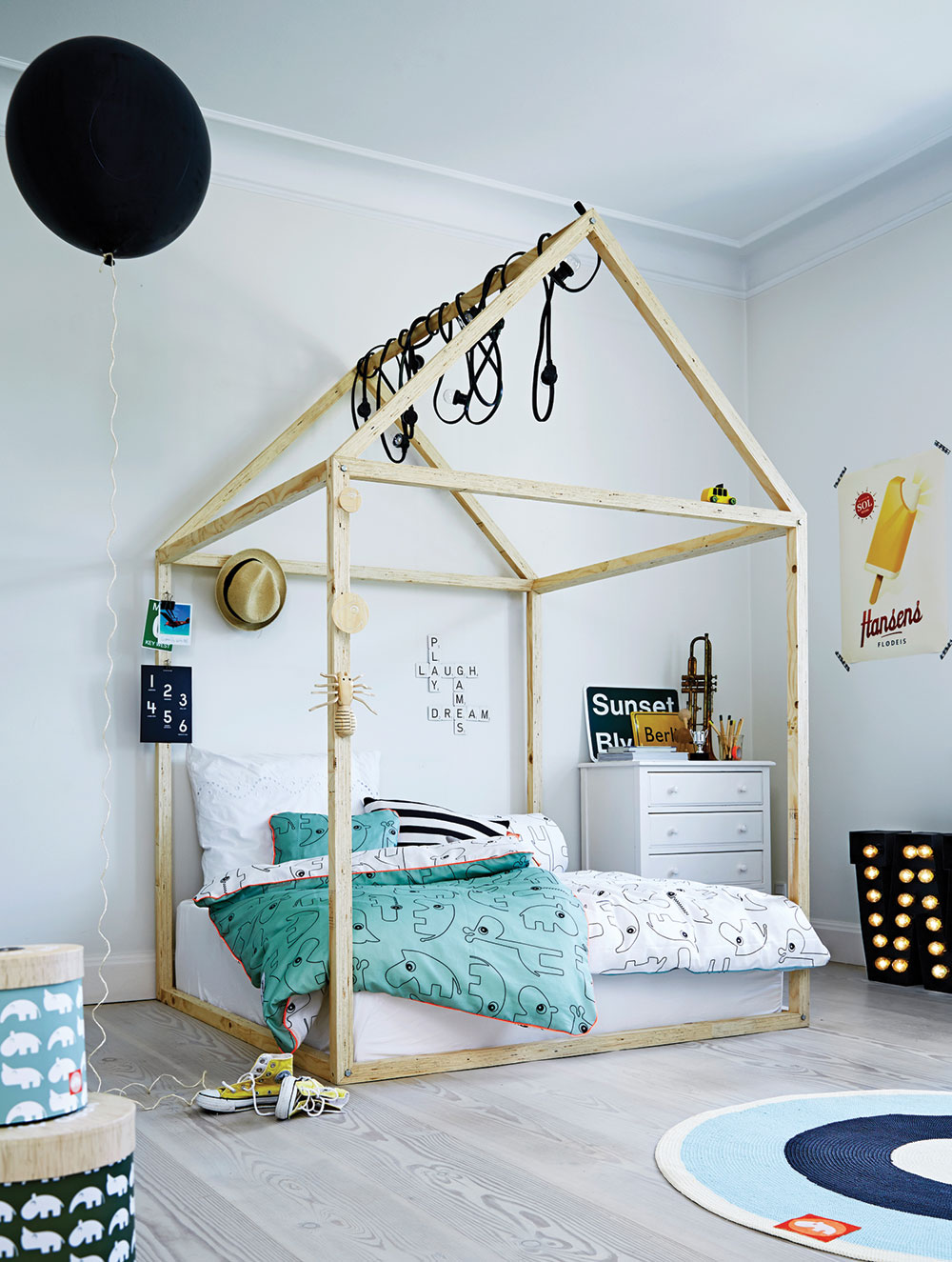
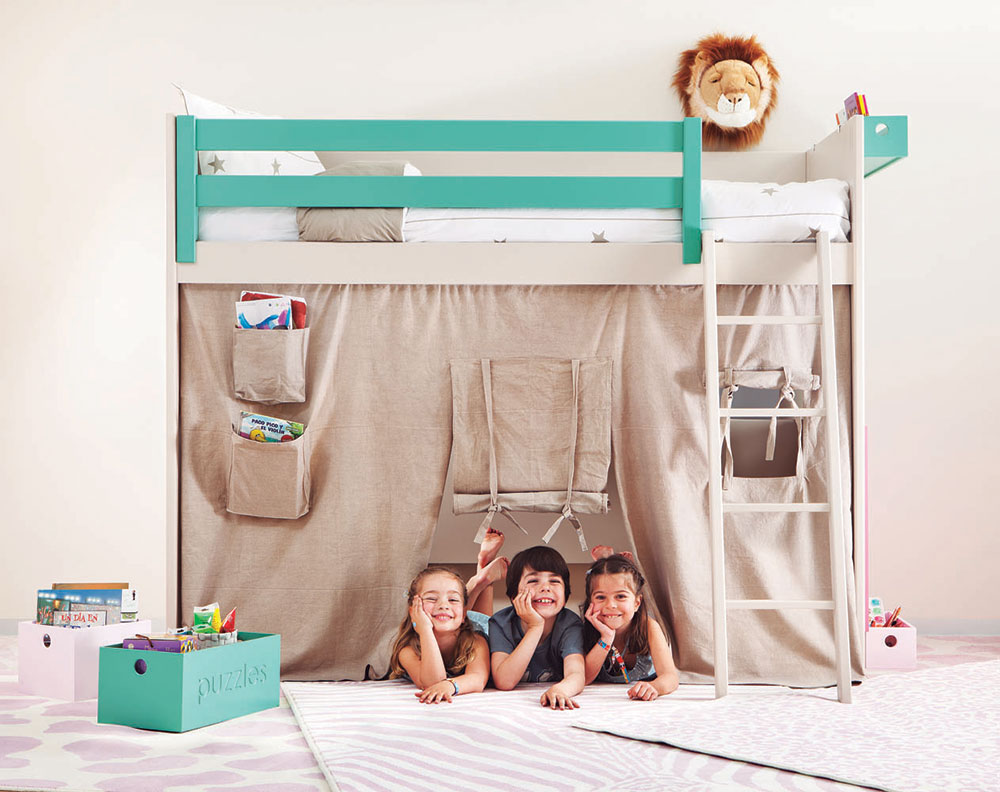
At this age, kids start to attend preschools or kindergartens. Thus, they will now need more space in their rooms to read, draw, write, and even have friends over. They are now a busy bunch with many things to do in a day! It’s good to now include a kid-sized table or desk with chairs and set up shelves for them to store their books, toys and other things they play with.
You may also buy a regular-sized bed for your child so they can continue using it for years when they grow up. Look for one that has built-in storage underneath. Such storage will help to keep the room clean on a daily basis while also giving you extra options to put away your kids’ things.
At this age, their likes and dislikes are never permanent. Today their favourite colour may be yellow, the next day it’s red. With this in mind, keep the theme of their rooms flexible as well. Have a neutral colour theme and let them decorate the room with their favourite cartoon character posters and beddings as these can be changed easily.
Tweens (10 To 13 Years Old)
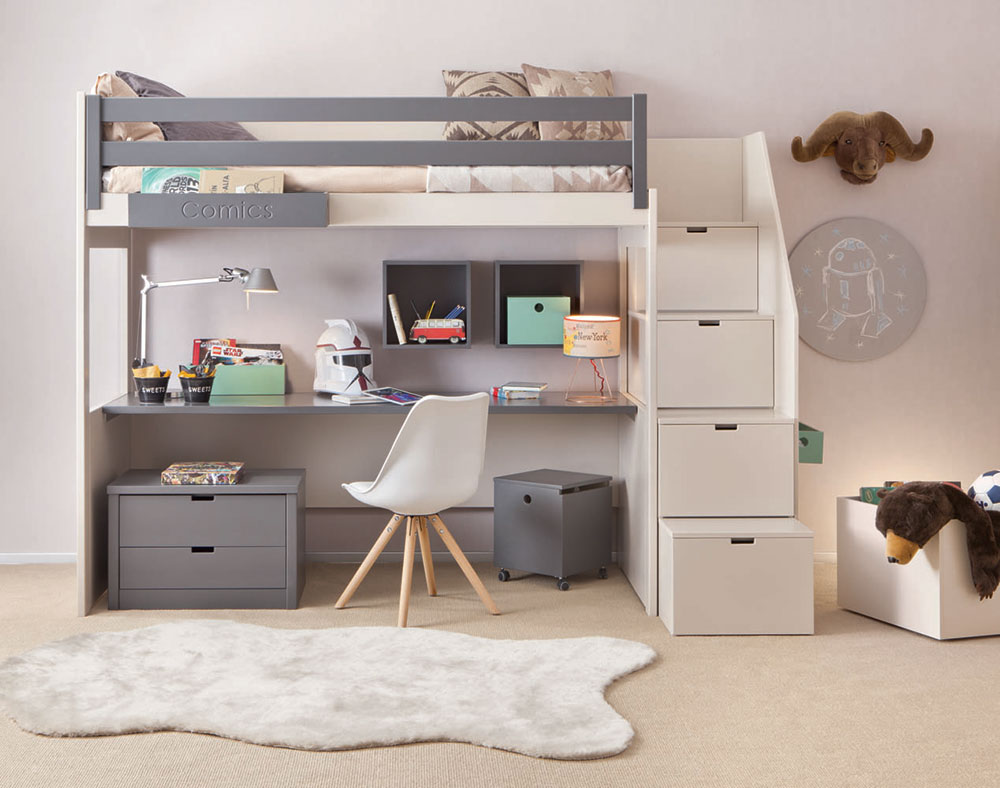
Tweens are usually preoccupied with hi-tech gadgets and accessories these days. They may also dislike things that are too childish and at this age, they will start to explore their personal style. Most of them would also want to show off their interests and passions in their rooms (for example, having their favourite K-pop boy band on every inch of wall space available). This said, it’s really important to ask them how they would like to decorate their rooms. Involve them in the process of choosing the palette, textiles and accessories.
It’s also time to remove those kid-sized desks they have been using when they were in preschool and replace them with a proper study desk with good lighting and a comfortable chair. As they will spend a lot of time in their rooms, help them turn their spaces into their personal sanctuaries. For example, you can use beanbags or oversized cushions to create a downtime space near the window. Some tweens also prefer beds with low bases that double up as a chilling area.
Teenager (14 To 19 Years Old)
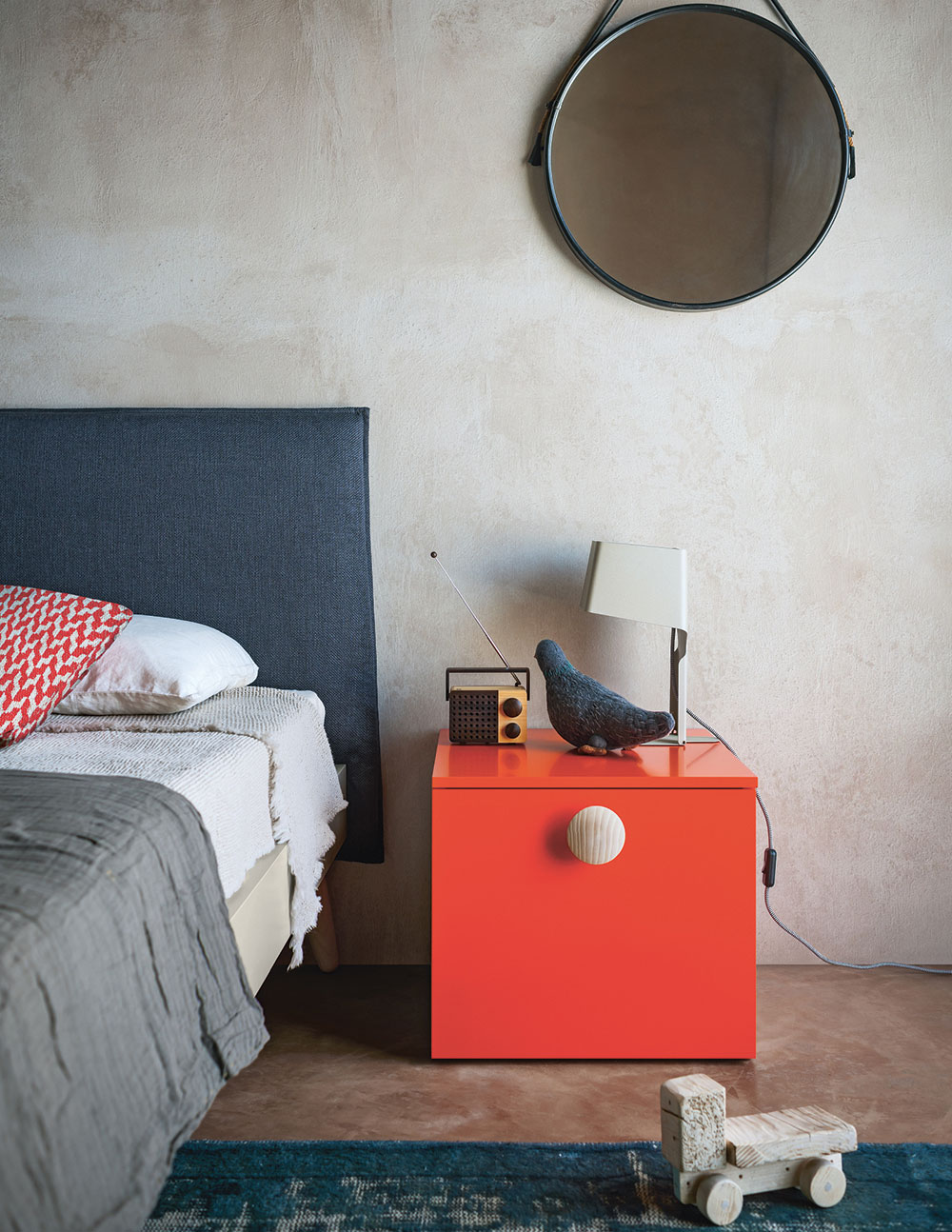
As your tweens moves into their teens, their rooms are technically their tiny apartments – it’s more than a place for them to sleep in; it’s also their office, social space, tech hub and a place to pursue their music or arty hobbies. This is where things can get very messy especially if your teenager is not a very tidy person to start with. For teenage rooms to work, you would now have to consider better storage systems that will help control clutter. If you have the space, go for a walk-in closet; if not, look for ways to create concealed storage areas – underneath beds, behind the bedframe, floor-to-ceiling bookshelves and open shelves for things that they use daily.
Personal appearance is very important to them too. Both boys and girls may spend hours grooming before they head off to school or for that very important date. For girls, vanity tables are a necessity. For boys, it’s more flexible as all they need is a good mirror and they are good to go.
In their teens, they may also want to be and look “grown up”. For their room’s decor, it’s wise to have a more mature theme but still offer a youthful ambience. You don’t have to completely do away with the happy colours or playful patterns from their childhood – you can instead “evolve” the colour scheme by using a different hue of the same colour to give it a more mature look. For example, princess pink can be turned into a dark fuchsia. If you like using patterns, replace animal-themed ones with classic stripes and florals in modern designs and limit it to accent pillows or window treatments. This way, they are free to change them to something else when the mood strikes.






